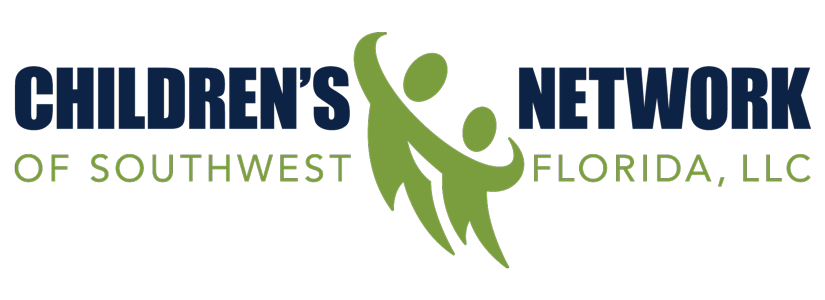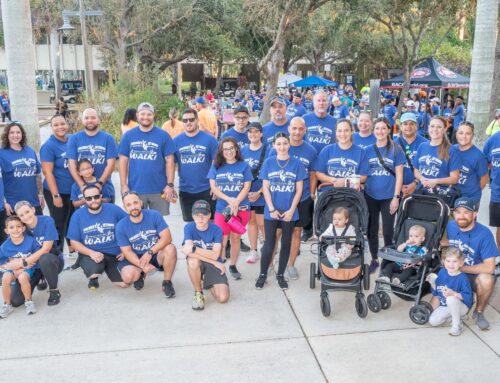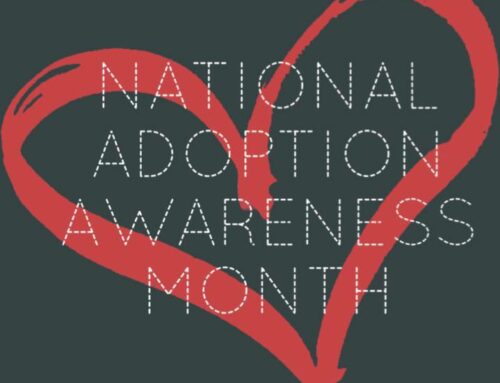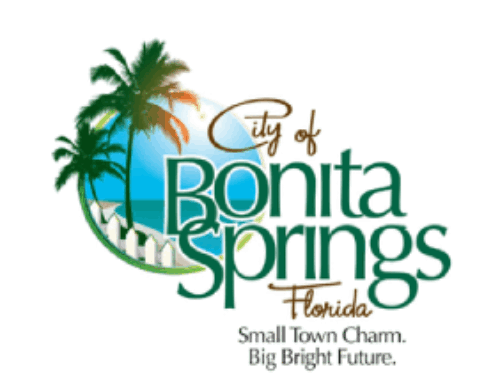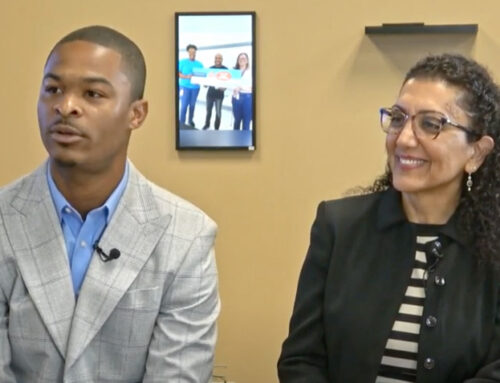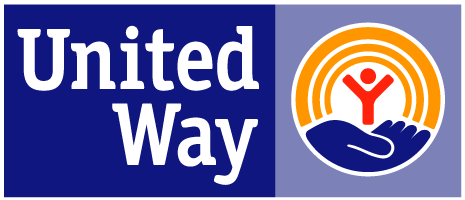Poison Prevention: Keeping Kids Safe
Reading to your child should begin prior to delivery. Do daily after delivery for years to come.
by Irwin J. Kash, MD
According to the American Academy of Pediatrics (AAP), about 50,000 children in the U.S. go to the emergency room because they swallowed something dangerous. Fortunately, many of these children go home without any serious issues. But some children need to be admitted to the hospital for treatment and some children may even die. So, it’s important to know what to look out for.
Lurie Children’s prides itself on being a reliable source of information on your child’s health and the Sarah and Peer Pedersen Family Learning Center (PFLC) supports that mission. Here, our Patient and Family Education Team offers helpful information about poison prevention and how to help keep your family safe.
What is poison?
Poison is anything dangerous for humans to eat, drink or inhale, such as:
- Chemicals that kill rodents or bugs
- Cleaning products and laundry detergent
- Car products like antifreeze or windshield wiper fluid
- Kerosene
- Fertilizer
- Batteries
- And much more!
But what about things adults can consume? Items like alcohol and medication can be toxic to children. Even vaping pens or e-cigarettes can be extremely dangerous if a child gets the liquid nicotine on their skin. Other items that we may not think about keeping away from a child are:
- Make-up
- Perfume
- Nail polish and nail polish remover
- Hair styling products (like hair spray)
- House plants
Young kids still learning to read may make a mistake and unintentionally eat something poisonous. Some poisonous and non-poisonous items look similar, such as antifreeze and blue sports drinks or medicine and candy. The Upstate New York Poison Center has more good examples. The Illinois Poison Center has a website called “My Child Ate…” where you can look up and read about common household items kids may put in their mouths, or eat, to see if the item is toxic.
What are the signs of poisoning?
If you believe your child ate, drank, breathed in or touched something poisonous or are suddenly sick and you don’t know why – call Poison Control at 1.800.222.1222. Try to figure out what type of chemical your child was exposed to and what the reaction is so that you can help them right away. For example, carbon monoxide is poisonous when breathed in, but not necessarily if it touches the skin. So, if your child has a burn on their arm, it’s likely not CO poisoning. Some general symptoms of poisoning can be:
- Stomach pain or feeling sick/nauseous
- Diarrhea
- Drowsiness
- Headache
- Fever
- Rash on their skin
- Confusion
- Trouble breathing or swallowing
- Blue lips or skin
- Chills (they are shivering)
- Burns around their nose or mouth
These are just some of the signs and symptoms to look out for. If you notice any changes in their behavior and think they were exposed to something poisonous or dangerous, call Poison Control (1.800.222.1222) right away. If your child is unconscious, having a seizure, or can’t breathe – call 911 immediately.
What can I do to help my child if they have been exposed to poison?
There are many ways someone can be exposed to poison, so, it’s important to know how your child came into contact with the dangerous substance to treat them appropriately. Poison Control has helpful information including what to do if your child gets poison in their system. They also have a web-based system for help with your child’s situation.
The first step in any situation is to remove the toxic item from your child. For example:
- If it is something your child is breathing in, take them to fresh air.
- If it is something that got into your child’s mouth, check to see if you can get any remaining pieces out of their mouth before they swallow it.
- If it got on their skin, first put on gloves and remove any clothing the chemical touched. Then, rinse their skin with water. If possible, don’t use the kitchen sink because of food contamination.
- Call Poison Control at 1.800.222.1222 or 911 if your child is unresponsive.
Carbon Monoxide Poisoning
Carbon monoxide (CO) is a gas used in many products that use fuel – like a generator, gas fireplaces and stoves, cars, furnaces, etc. It has no smell or color so it becomes dangerous if there is a leak in your home. If you breathe it in, it can make you sick and possibly even kill you. Fortunately, almost all states in the U.S. require homes to have carbon monoxide detectors.
Many people know the dangers of CO poisoning in their homes, but what about your garage? With keyless and remote starts, it’s easy to leave your car running. In an enclosed space without much airflow, like a garage, the room will collect the exhaust and fumes from a running car. This can be dangerous when you and your family walk into the garage and can cause CO to get into your home if your garage is attached to your house.
CO poisoning can happen in your home, too. Because carbon monoxide doesn’t have a smell or a color, you likely won’t know if you are breathing it in. All homes should have a carbon monoxide detector to help prevent your family from harm due to this gas. According to the Centers of Disease Control and Prevention (CDC), common signs of CO poisoning are:
- Headache
- Dizziness
- Weakness
- Nausea
- Vomiting
- Chest pain
- Confusion
Breathing in a lot of CO can make you pass out, and even kill you. Understanding these warning signs can help keep you and your family safe.
Tips for Keeping Kids Safe
Chemicals can be found in every home, from bleach to laundry detergent to insect repellant. Taking the right safety precautions is important to prevent accidents. For storing, always keep these items in their original containers and outside your child’s reach. Never use old soda bottles, milk jugs or similar everyday containers to store chemical products because the original containers are made to hold these harsh substances. Also, original labels have important information, like what chemical it is, what to do if it gets in your eyes/mouth, expiration dates, etc. This is vital information to have if there’s an accident.
There are many other ways to keep dangerous items out of your child’s grasp. Here are some tips:
- Store dangerous items in locked drawers or cabinets. Just because it’s high up doesn’t mean it’s not accessible. The AAP reported that about half of over-the-counter medication poisoning happened because a child climbed onto a chair to retrieve it. Don’t assume your child cannot open a container. Child-resistant does not mean childproof!
- Keep track of all medicine in the home. Know what medicine you have in your home, and how much of it is in the container. Never refer to medicine as “candy.” Never prepare your or your child’s medicine in the dark and if any medicine spills, thoroughly clean it immediately. Properly get rid of any expired or unused medications. Use take back programs for medications like opioids.
- Never leave harmful items unattended, even for short periods. This includes alcoholic drinks and e-cigarettes/vape pens. Be mindful of mouthwash, food extracts (like vanilla extract), hand sanitizer, or perfume/cologne. These items all contain alcohol.
- Keep everything in the original container. Removing chemicals from the original container makes it hard to remember what it is. For example, a clear liquid in an old milk jug could be anything from water to rubbing alcohol or even bleach! Without labels, chemicals can be misused and seriously injure someone. Also, never mix things, whether different chemicals or a non-toxic household item and a chemical. Certain mixtures can create a toxic gas harmful to anyone who breathes it in.
Although there is no way to guarantee that your child will never come across a toxic substance, the best way to keep your child safe and healthy is to know what to do if they come across something toxic. This way you can get them the right help as soon as possible!
Sources:
American Academy of Pediatrics: 10 Ways to Prevent Poisoning in Young Children. American Academy of Pediatrics. 14 Mar 2013. https://www.aap.org/en/news-room/news-releases/health–safety-tips/american-academy-of-pediatrics-offers-tips-on-poison-prevention-in-your-home/.
Durani, Y. Preventing Poisoning. July 2023. https://kidshealth.org/en/parents/safety-poisoning.html.
First Aid for Poisonings. Poison Control. 2024. https://www.poison.org/first-aid-for-poisonings.
National Poison Prevention Week 2024. America’s Poison Centers. https://poisoncenters.org/nppw-2024.
Poison Prevention & Treatment Tips for Parents. American Academy of Pediatrics. 6 Sept 2021. https://www.healthychildren.org/English/safety-prevention/all-around/Pages/Poison-Prevention.aspx.
Poisoning: First Aid. Mayo Clinic. 28 Feb 2024. https://www.mayoclinic.org/first-aid/first-aid-poisoning/basics/art-20056657.
Prevention Tips. Health Resources & Services Administration. https://poisonhelp.hrsa.gov/what-you-can-do/prevention-tips.
Symptoms: Poisoning. NHS. 10 Sept 2021. https://www.nhs.uk/conditions/poisoning/symptoms/.
